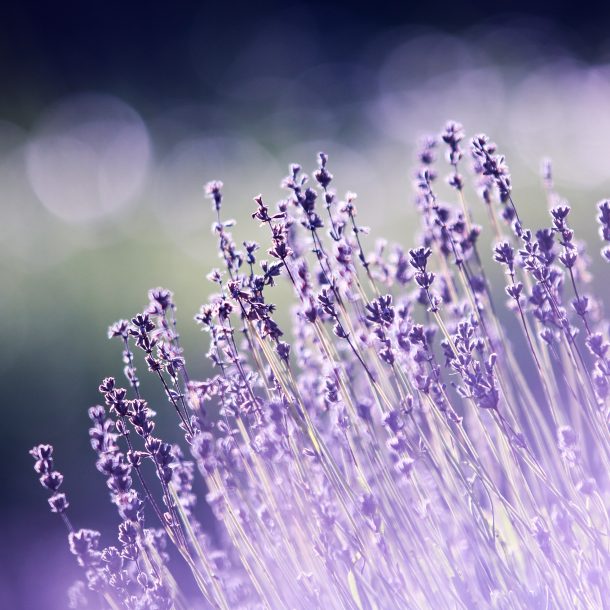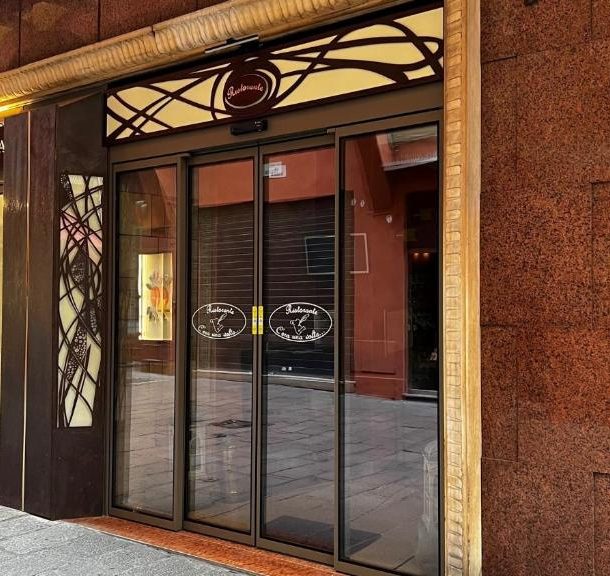
Exhibitions in Bologna
The appointments with culture in Bologna are really many, here we want to point out the main 4 exhibitions that can be visited during your stay at the Hotel Roma.
JAZZ IN BO – BOLOGNA JAZZ PHOTO EXHIBITION
Until 12/11/2022
Forty jazz musicians portrayed in iconic and evocative places of the city of Bologna. Organized by Associazione TerzoTropico-APS and Associazione NuFlava. Bologna can boast of a past and a musical tradition, still alive and present today, comparable only to those of a few other cities in Europe. For this reason, our city has been declared a creative city of music by Unesco. Bologna boasts, in fact, a rich musical tradition in continuous evolution and a serious commitment to promote music as a means of economic development and social and cultural inclusion. A particular role in this panorama, however, belongs to jazz. Since the 1960s, Bologna was one of the favorite destinations of great artists such as Miles Davis, Gerry Mulligan, and many others who have succeeded each other in the great arena of the then Palasport, today PalaDozza, thanks to the intuition of Alberto Alberti who with the Festival del Jazz in Bologna made our city a point of reference at an international level. Over time, in alternating phases, jazz has always been in the heart of the Bolognese, with the famous band of Nando Giardina who introduced the clarinetist Lucio Dalla, with the incursions of Renzo Arbore and many pioneers of a music in some ways a those times considered reserved for a few enthusiasts. The tradition of this black music then had a great revival in the early 2000s, thanks to the many clubs that made Bologna a small New York in the heart of Emilia Romagna. The rebirth of the Bologna Jazz Festival has then definitively brought Bologna back to the Olympus of jazz in Italy. All this has meant that today there are many musicians who live jazz as their music of choice, also allowing many young people to approach this particular musical genre but which allows a great possibility of improvisation and artistic expression for individuals, however, within a unique and perfectly blended ensemble. The photographers Ivano Adversi and Guido Samuel Frieri intend with their work to highlight this close bond, shooting the Bolognese musicians in iconic and evocative places of the city. Places that represent the beating heart of Bologna, as is the rhythm of jazz music. The result is not a simple series of portraits in different city spaces but, through images of emotional impact, constitutes a sort of “visual” soundtrack for Bologna, which highlights the presence of the artists within the Emilian capital and their creativity, while showing the life and architecture of the city.
Sala Borsa – Piazza Maggiore
THE MAST COLLECTION – A visual alphabet of industry, work and technology
Until 08/28/2022
In the early 2000s, the MAST Foundation created its space dedicated to industrial and work photography with the acquisition of images from auction houses, individuals, art galleries, photographers and artists. The assets of the Foundation, which already contained a fund that collected films, negatives on glass and on film, photographs, albums, catalogs that had been produced in the Coesia group’s factories since the early twentieth century, has thus been enriched and has gone beyond the parameters of promotional and documentary material of the companies of the industrial group. Currently the collection counts more than 6000 images and videos of famous artists and masters of the lens, as well as a vast selection of photo albums with thousands of images, which, as was usually the case in the industrial area, are produced by unknown authors or by the technicians themselves. of the company that operated as a hobby, but no less representative of the world of work. Today the MAST Collection has established itself as a reference center, unique in the world, for the photography of industry and work. In addition to works from the 19th and early 20th centuries, the collection embraces contemporary photography with a process of value selection and an accurate methodological approach. A photography department within a Foundation that has a social and corporate welfare mission might seem unusual. From the beginning, the space of the MAST Foundation was designed to make it a distinctive institution where a laboratory dedicated to art, reflection, knowledge and education meet. The desire to represent the industrialization process of society and document its evolution has given impetus and creativity to the initiative, connected to the celebration of production activities and the culture of work, also in its expressions of commitment, effort, exploitation, dignity. Work inhabits our lives and social, documentary and historiographic photography pays homage to it with a collection of powerful, convincing, unusual and rare images in this little-considered universe. For the first time, the MAST Foundation presents an extraordinary selection of over 500 images, including photographs, albums and videos from its collection, which occupy all the areas dedicated to exhibitions in the MAST spaces. Iconic images of world famous authors, less known or unknown photographers, finalist artists of the MAST Photography Grant visually testify to the world we have mentioned above. The exhibition, due to its complexity, has been structured into 53 chapters dedicated to as many concepts illustrated by the works represented. The whole topic requires a list of terms that are not always exhaustive, given the range of professions, issues, functions, values taken from the world of work. The display form is that of an alphabet that winds on the walls of the three exhibition spaces and which allows to highlight a conceptual system that goes from A for “Abandoned” to W for “Waste”, “Water” and “Wealth” (words starting with a Z are rare in English). The alphabet represents a tool that wants to indicate the points of interest and the most intense areas with which the meaning of each image is illuminated. The visual lexicon evokes connections and interactions that can stimulate broader considerations: along the exhibition itinerary in black the themes addressed specifically in the works presented are indicated, in clear those that refer to a further critical thought. Even for the artists and photographers presented, the numerous chapters can be experienced as villages where old and young, rich and poor, healthy and sick, workers and intellectuals coexist in close contact, or industrial areas where hundreds of professions are concentrated, period meeting of the most disparate perceptions, attitudes, projects. Documentary photography meets conceptual art; the ancient processes of development and printing on different types of photographic paper, such as the albumin technique, are confronted with the new possibilities offered by technical developments and digital and inkjet innovation; prints dominated by deep black flank works in bright colors. In terms of time, a section linked to the initial stages of industrialization and the history of the art of photography was dedicated only to the nineteenth century. The importance of the theme of work, the masterpieces that show it and their quality offer a unique opportunity for observation and reflection.
MAST Foundation – Manufacture of Arts, Experimentation and Technology
OLIVIERO TOSCANI. 80 YEARS AS A SITUATIONIST
Until 04/09/2022
Arthemisia presents the Oliviero Toscani exhibition. 80 Years as a Situationist by Nicolas Ballario. Open from 3.00 pm on 8 April until 4 September 2022, the exhibition traces the career of the great photographer, with over 100 photographs that show the creative power and career of Oliviero Toscani through more and less known images. “80 Years as a Situationist” is the title chosen for this great retrospective, not only to celebrate Toscani’s vocation, but also for the 80 years that the photographer turned just a few weeks ago. Through photography, Toscani made the world discuss issues such as racism, the death penalty, AIDS, war, sex, violence, anorexia and much more. On display are all his most famous campaigns, those that shook public opinion through billboards and newspaper pages, but also a lesser known Toscani, such as that of the very first years. So among the works on display the famous Jesus Jeans poster ‘Who loves me follow me’, Kiss between priest and nun from 1992, the Three Hearts White / Black / Yellow from 1996, No-Anorexia from 2007 and many others, but also the images created for fashion (from Donna Jordan to Claudia Schiffer, up to those of Monica Bellucci) and even those of her training period at the Kunstgewerbeschule in Zurich. Also on display are dozens of portraits that have “changed the world”, such as Mick Jagger, Lou Reed, Carmelo Bene, Federico Fellini and the greatest protagonists of culture from the 1970s onwards. And again, a room is dedicated to the Razza Umana project, with which Oliviero Toscani has crossed hundreds of squares all over the world to photograph anyone who wishes, giving life to the largest existing photographic archive on the morphological and social differences of humanity, with over 10,000 portraits.
For more information: Palazzo Albergati.
Palazzo Albergati, Via Saragozza, 28
PIER PAOLO PASOLINI – Figurative electrocutions
Until 02/11/2022
Pier Paolo Pasolini was born in Bologna one hundred years ago. We follow the trace that Bologna has left in the formation of one of the most prophetic souls of our twentieth century, from his birth, on March 5, 1922, in via Borgonuovo, to the years of high school and university, with a teacher like Roberto Longhi who shaped his gaze by Pasolini and directed him towards a passion, that for figurative art, which will accompany him throughout his multifaceted creative path. A real shock. This is the starting point for the exhibition Figurative electrocutions in the new exhibition spaces of the Sottopasso in Piazza Re Enzo, from 1 March to 2 November 2022. A journey to discover how the great works of art history are grafted onto Pasolini’s cinematographic work , in an endless dialogue. From painting, which he learned to love among the benches of the University of Bologna in the early forties, to cinema, which saw him star in a wonderful season in the sixties and seventies. The masterpieces of medieval and Renaissance art come to life in Pier Paolo Pasolini’s cinema, they are a constant visual reference for his shots, sources of inspiration or even tableaux vivant. The figurative electrocutions were those that illuminated the gaze of the young Pasolini, those that the exhibition created by the Cineteca di Bologna reconstructs by comparing the images of the great pictorial tradition and those of PPP films, along a chronological path that goes from the debut of Accattone in 1961 to the last, posthumous, Salò of 1975. Curated by Marco Antonio Bazzocchi, Roberto Chiesi and Gian Luca Farinelli, Pier Paolo Pasolini. Folgorazioni figurativa will open to the public on 1 March, thus inaugurating the new exhibition spaces of the Sottopasso in Piazza Re Enzo, in the heart of Bologna, the city where Pasolini was born on 5 March 1922. Promoted by the Cineteca di Bologna, as part of the celebrations of the Municipality of Bologna and those of the National Committee for the Centenary of Pasolini’s birth, with the patronage of Alma Mater Studiorum University of Bologna, the support of the Ministry of Culture and the Emilia-Romagna Region, the partnership with Tper (with which the gallery of window stickers depicting Pasolini on display in the city’s canopies) and Trenitalia Tper, the exhibition will be open until 16 October. As Marco Antonio Bazzocchi reminds us in the introductory essay to the exhibition catalog, published by Edizioni Cineteca di Bologna, “Pasolini learned to read paintings in the 1940s, thanks to the teaching of Roberto Longhi, who in the autumn of 1941, in Bologna , in via Zamboni 33, explained the differences between Masaccio’s and Masolino’s paintings to a very small group of students. To do this, he used an absolutely new critical technique, projecting slides on the classroom screen that reproduce the images of some details of the works of art analyzed. There, from the details, from the fragments of a work, Longhi reconstructs the artist’s style, knows how to distinguish the phases of his path, knows how to relate them with what comes first but also with what will come later. Details and fragments of reality, a face, a hand, a piece of clothing. Bodies dissected, examined in pieces, observed as objects of love. For Pasolini, a shock is consumed in those slides where his whole future world takes place: his idea of Reality as the only object of attention, the need to always read otherness, diversity, the urge to come out of oneself in the faces. to know the world, and finally the erotic charge. Each Pasolini film is progressively the construction of a beauty that plunders large areas of Italian or European art to restore expressive dignity to what would not have it. Overall, his films draw a history of art in the form of cinema “.
For more information: Cineteca di Bologna
Underpass of Re Enzo
-
Contacts
Tel: +39.051.231 330
Fax: +39.051.239 909
info@hotelroma.biz
PRIVACY POLICY
COOKIE POLICY -
Legal Info:
Hotel Roma Srl
Via D’ Azeglio 9 – Bologna (BO)
REA BO – 239502
VAT e Fisc.Code: 01053150379
Share Capital: 46.481,00€ f.p. -
Follow us on Facebook





